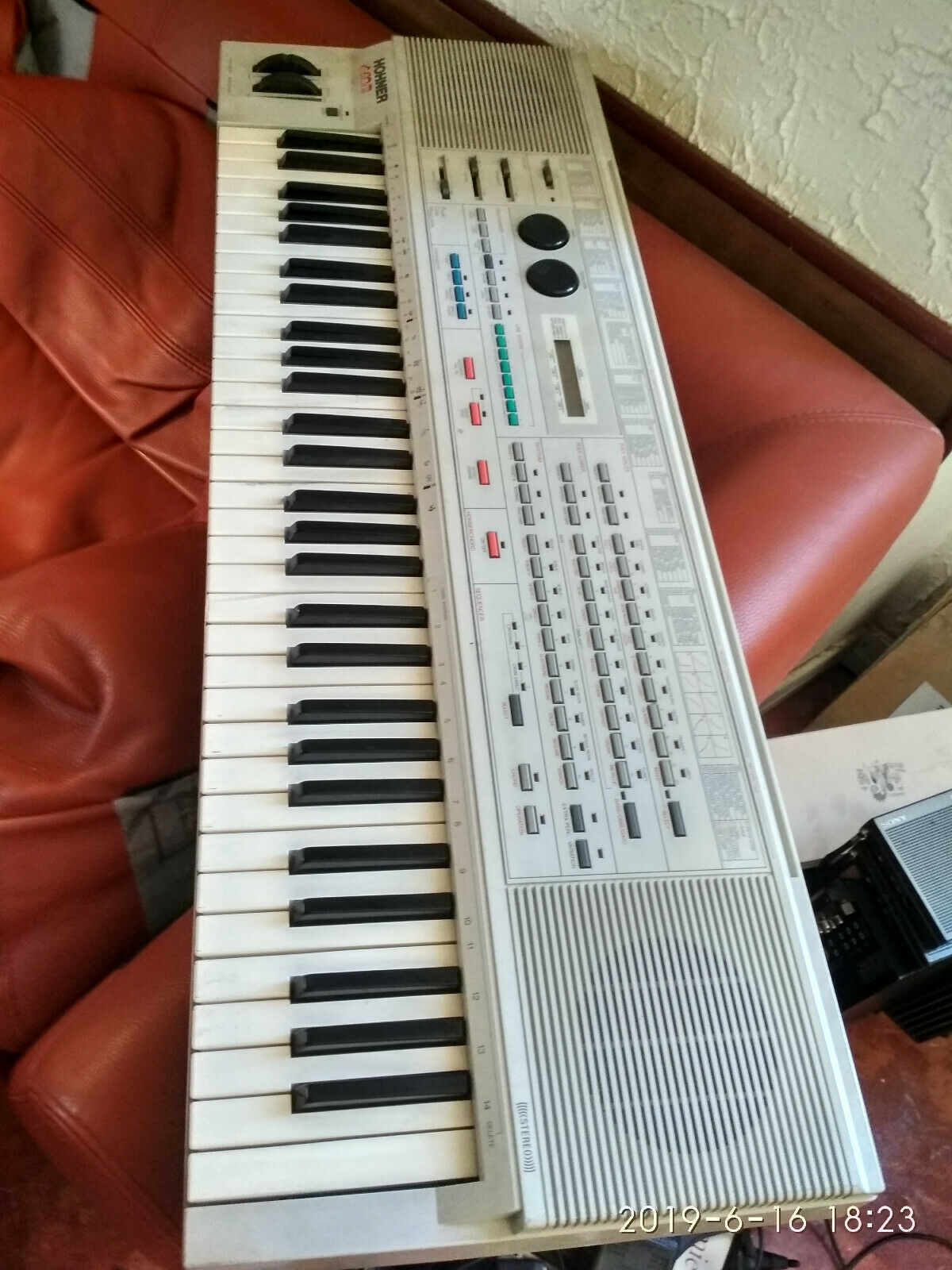

- #Soundsource for the casio ht 6000 generator
- #Soundsource for the casio ht 6000 plus
- #Soundsource for the casio ht 6000 series
In SD synthesis, an analog voltage-controlled resonant filter (VCF) is used to shape the DCO's waveform (whereas on Casio CZ Synthesizers the phase distortion engine could only emulate a resonant filter). The top-of-the-line Casio HT-6000 offered 64 possible waveforms, 4 DCO's per voice, velocity, detuning, ring-modulation, and an expanded SD parameter set.
#Soundsource for the casio ht 6000 generator
Most SD synthesizers use a single DCO (plus a digital noise generator for certain waveforms) per voice, and offer 32 possible waveforms. the brighter attack phase of metallic clangs or picked strings. Thus, some "waveforms" crossfade between timbres without filter sweep to simulate e.g. In effect, each so-called "waveform" of an SD synth consists of 2 layered subvoices with independent preset volume envelopes (that cannot be changed by the user). This predefined temporal motion of the harmonic spectrum yields the term "Spectrum Dynamic." The user has very limited influence over the spectrum dynamic using the DCA envelope, and doing so is something of a trial-and-error process.

For example, one waveform has an octave-unison effect where the higher harmonics fade in over time. The DCO has preprogrammed control of the timbre of the waveform, and some (but not all) of the available waveforms are "moving", meaning that their spectra are designed to change as the DCA envelope progresses.
#Soundsource for the casio ht 6000 plus
The SD sound source is a 4-bit (16-step) digitally controlled oscillator (DCO) that uses waveforms including triangle, sawtooth, squares of different widths, and some unusual pulses, plus various combinations thereof. SD (Spectrum Dynamic) Synthesis was modeled on traditional DCO-VCF-DCA analog synthesis but used waveforms that included predefined variations over time. The subsequent SD synthesizers were marketed as advanced home keyboards (i.e., including speakers and programmable accompaniment) launched under the HT prefix (with the notable exception of the non-editable, preset-only Casiotone version, the MT-600).
#Soundsource for the casio ht 6000 series
The 1987 Casio HZ-600 was the initial model and was considered an entry-level offshoot of the "Z" series of synthesizers that included the CZ and VZ lines. Yamaha's then-active lawsuit against Casio's PD synthesis method, which claimed PD synthesis infringed on patents of Yamaha's including their famous frequency modulation synthesis, may also have contributed to Casio's development of SD synthesis to diversify their offering. In turning to SD synthesis Casio meant to create a synthesis engine that was more comprehensible and accessible than Phase Distortion synthesis. When Casio decided to retire the CZ line, they decided to go in two directions: more complex (the VZ "Interactive" Phase Distortion line), and more traditional (SD synthesis, starting with the HZ-600). SD Synthesis followed on the heels of the more advanced Phase-Distortion (PD) Synthesis employed in the successful line of Casio CZ synthesizers.


 0 kommentar(er)
0 kommentar(er)
